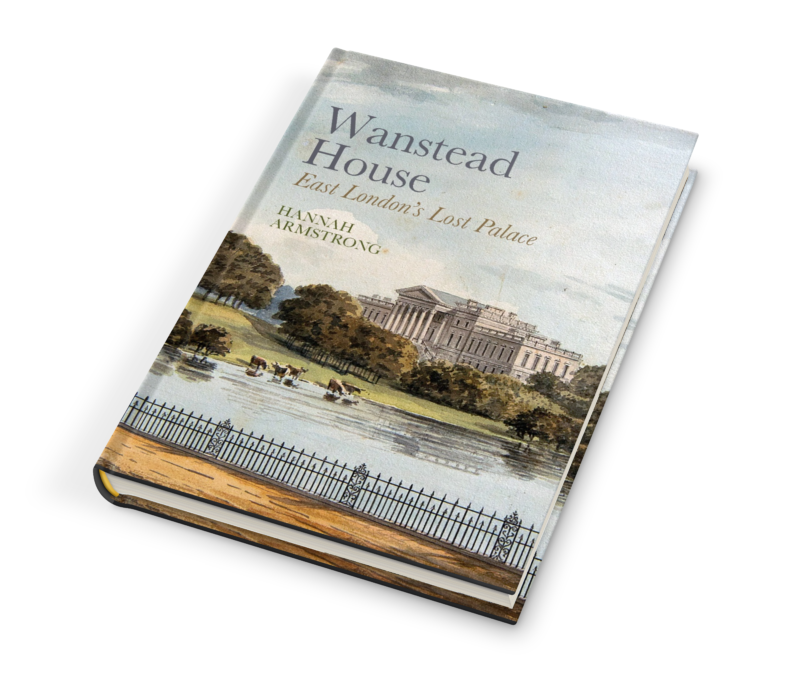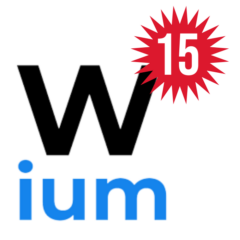Wansteadium reader Nigel Franceschi writes:

I am sure that many Wanstead residents will be aware by now that, for the past three and a half years, Dr Hannah Armstrong has been writing what will surely become the definitive book on the history of Wanstead House.
Due to be published by Liverpool University Press on behalf of Historic England in March 2022, ‘Wanstead House: East London’s Lost Palace’ will cover the history of the park, the house and its owners in unprecedented detail.
‘Wanstead House: East London’s Lost Palace’ will fascinate anyone who enjoys visiting Wanstead Park, or who has an interest in the history of the magnificent Palladian mansion that stood at its heart or who wants to learn more about the lives of the people who lived there. Whatever connection you may have to Wanstead Park, you will surely want to take advantage of this wonderful offer and, in so doing, help to contribute to the book’s success.
The book is now available for pre-order through Wanstead Bookshop. When it’s published next March the cost will be £45, but pre-ordering now will get you a £15 discount. Liverpool University Press’s publication costs are being financed through pre-orders, so ordering it now will help the success of the whole project.

Call me pedantic but when Wanstead House existed, this was definitely Essex and not London, so how can it be “East London’s Lost Palace”? (It’s North-east London, anyway).
pedantic
Buy from LUP or Historic England direct for 40% Off so £27.
Link is https://enfilade18thc.com/2021/03/25/new-book-wanstead-house-east-londons-lost-palace/
Ah yes, but P&P is included in the Wanstead Bookshop deal, so it works out cheaper.
“The Angel and the Cad” is a comprehensive story of Wanstead House – available in paperback Kindle from Amazon. A compelling read.
Geraldine Roberts’ excellent book ‘The Angel and the Cad’ tells the compelling story of the last owners of Wanstead House, William and Catherine Pole Tylney Long Wellesley, including fascinating detail about the house itself.
‘Wanstead House: East London’s Lost Palace’ differs in that it deals more with the history of the house and grounds from Josiah Child’s purchase of the estate in 1673 through the ensuing 150 years to the demolition of the house in the 1820s.
I think it is fair to say that the two books will complement each other very effectively.
I agree that the “East London” element of the title is somewhat inaccurate and misleading. But aspects such as titles, covers, illustrations etc are often chosen by the publisher rather than the author. Perhaps she can be invited to comment?